Delta Airlines 2003 Annual Report Download - page 81
Download and view the complete annual report
Please find page 81 of the 2003 Delta Airlines annual report below. You can navigate through the pages in the report by either clicking on the pages listed below, or by using the keyword search tool below to find specific information within the annual report.-
 1
1 -
 2
2 -
 3
3 -
 4
4 -
 5
5 -
 6
6 -
 7
7 -
 8
8 -
 9
9 -
 10
10 -
 11
11 -
 12
12 -
 13
13 -
 14
14 -
 15
15 -
 16
16 -
 17
17 -
 18
18 -
 19
19 -
 20
20 -
 21
21 -
 22
22 -
 23
23 -
 24
24 -
 25
25 -
 26
26 -
 27
27 -
 28
28 -
 29
29 -
 30
30 -
 31
31 -
 32
32 -
 33
33 -
 34
34 -
 35
35 -
 36
36 -
 37
37 -
 38
38 -
 39
39 -
 40
40 -
 41
41 -
 42
42 -
 43
43 -
 44
44 -
 45
45 -
 46
46 -
 47
47 -
 48
48 -
 49
49 -
 50
50 -
 51
51 -
 52
52 -
 53
53 -
 54
54 -
 55
55 -
 56
56 -
 57
57 -
 58
58 -
 59
59 -
 60
60 -
 61
61 -
 62
62 -
 63
63 -
 64
64 -
 65
65 -
 66
66 -
 67
67 -
 68
68 -
 69
69 -
 70
70 -
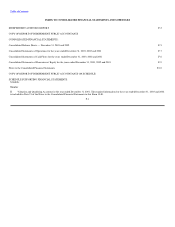 71
71 -
 72
72 -
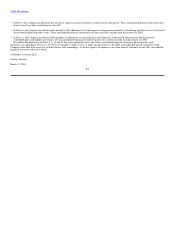 73
73 -
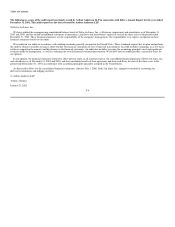 74
74 -
 75
75 -
 76
76 -
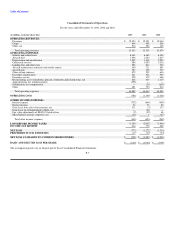 77
77 -
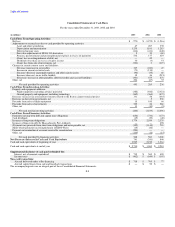 78
78 -
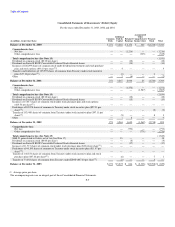 79
79 -
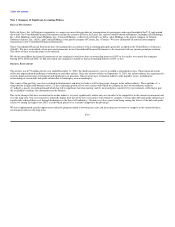 80
80 -
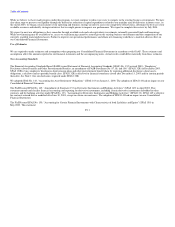 81
81 -
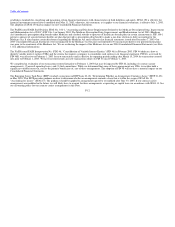 82
82 -
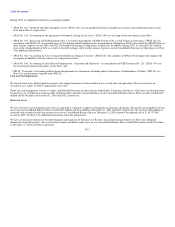 83
83 -
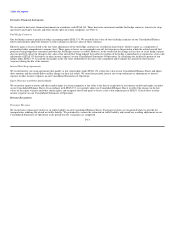 84
84 -
 85
85 -
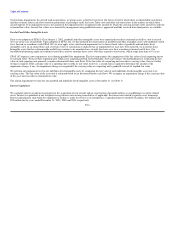 86
86 -
 87
87 -
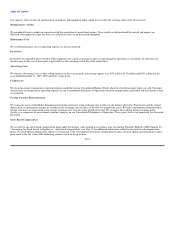 88
88 -
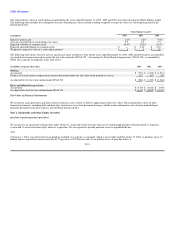 89
89 -
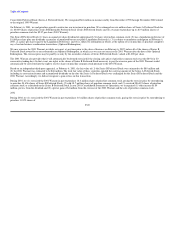 90
90 -
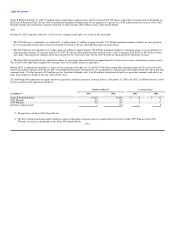 91
91 -
 92
92 -
 93
93 -
 94
94 -
 95
95 -
 96
96 -
 97
97 -
 98
98 -
 99
99 -
 100
100 -
 101
101 -
 102
102 -
 103
103 -
 104
104 -
 105
105 -
 106
106 -
 107
107 -
 108
108 -
 109
109 -
 110
110 -
 111
111 -
 112
112 -
 113
113 -
 114
114 -
 115
115 -
 116
116 -
 117
117 -
 118
118 -
 119
119 -
 120
120 -
 121
121 -
 122
122 -
 123
123 -
 124
124 -
 125
125 -
 126
126 -
 127
127 -
 128
128 -
 129
129 -
 130
130 -
 131
131 -
 132
132 -
 133
133 -
 134
134 -
 135
135 -
 136
136 -
 137
137 -
 138
138 -
 139
139 -
 140
140 -
 141
141 -
 142
142 -
 143
143 -
 144
144 -
 145
145 -
 146
146 -
 147
147 -
 148
148 -
 149
149 -
 150
150 -
 151
151 -
 152
152 -
 153
153 -
 154
154 -
 155
155 -
 156
156 -
 157
157 -
 158
158 -
 159
159 -
 160
160 -
 161
161 -
 162
162 -
 163
163 -
 164
164 -
 165
165 -
 166
166 -
 167
167 -
 168
168 -
 169
169 -
 170
170 -
 171
171 -
 172
172 -
 173
173 -
 174
174 -
 175
175 -
 176
176 -
 177
177 -
 178
178 -
 179
179 -
 180
180 -
 181
181 -
 182
182 -
 183
183 -
 184
184 -
 185
185 -
 186
186 -
 187
187 -
 188
188 -
 189
189 -
 190
190 -
 191
191 -
 192
192 -
 193
193 -
 194
194 -
 195
195 -
 196
196 -
 197
197 -
 198
198 -
 199
199 -
 200
200 -
 201
201 -
 202
202 -
 203
203 -
 204
204 -
 205
205 -
 206
206 -
 207
207 -
 208
208 -
 209
209 -
 210
210 -
 211
211 -
 212
212 -
 213
213 -
 214
214 -
 215
215 -
 216
216 -
 217
217 -
 218
218 -
 219
219 -
 220
220 -
 221
221 -
 222
222 -
 223
223 -
 224
224 -
 225
225 -
 226
226 -
 227
227 -
 228
228 -
 229
229 -
 230
230 -
 231
231 -
 232
232 -
 233
233 -
 234
234 -
 235
235 -
 236
236 -
 237
237 -
 238
238 -
 239
239 -
 240
240 -
 241
241 -
 242
242 -
 243
243 -
 244
244 -
 245
245 -
 246
246 -
 247
247 -
 248
248 -
 249
249 -
 250
250 -
 251
251 -
 252
252 -
 253
253 -
 254
254 -
 255
255 -
 256
256 -
 257
257 -
 258
258 -
 259
259 -
 260
260 -
 261
261 -
 262
262 -
 263
263 -
 264
264 -
 265
265 -
 266
266 -
 267
267 -
 268
268 -
 269
269 -
 270
270 -
 271
271 -
 272
272 -
 273
273 -
 274
274 -
 275
275 -
 276
276 -
 277
277 -
 278
278 -
 279
279 -
 280
280 -
 281
281 -
 282
282 -
 283
283 -
 284
284 -
 285
285 -
 286
286 -
 287
287 -
 288
288 -
 289
289 -
 290
290 -
 291
291 -
 292
292 -
 293
293 -
 294
294 -
 295
295 -
 296
296 -
 297
297 -
 298
298 -
 299
299 -
 300
300 -
 301
301 -
 302
302 -
 303
303 -
 304
304
 |
 |

Table of Contents
While we believe we have made progress under this program, we must continue to reduce our costs to compete in the existing business environment. We have
also taken steps to preserve our liquidity through the deferral or reduction of capital expenditures related to our mainline aircraft deliveries in future years. At
the end of 2003, we began a reassessment of our operating and business strategy in order to assess our competitive effectiveness, determine the best use of our
available resources and identify strategic initiatives that we might pursue to improve our performance. We expect to complete this review by July 2004.
We expect to meet our obligations as they come due through available cash and cash equivalents, investments, internally generated funds and borrowings.
While new financing may be available to us, access to such financing cannot be assured given the existing business environment and the composition of our
currently available unencumbered assets. Failure to improve our operational performance and obtain new financing could have a material adverse effect on
our Consolidated Financial Statements.
Use of Estimates
We are required to make estimates and assumptions when preparing our Consolidated Financial Statements in accordance with GAAP. These estimates and
assumptions affect the amounts reported in our financial statements and the accompanying notes. Actual results could differ materially from those estimates.
New Accounting Standards
The Financial Accounting Standards Board (FASB) issued Statement of Financial Accounting Standards (SFAS) No. 132 (revised 2003), "Employers'
Disclosures about Pensions and Other Postretirement Benefits, an amendment of FASB Statements No. 87, 88, and 106" (SFAS 132R) in December 2003.
SFAS 132R revises employers' disclosures about pension plans and other postretirement benefit plans by requiring additional disclosures about assets,
obligations, cash flows and net periodic benefit costs. SFAS 132R is effective for financial statements issued after December 15, 2003 and for interim periods
thereafter. See Note 11 for our disclosures required under SFAS 132R.
We adopted SFAS No. 143, "Accounting for Asset Retirement Obligations" (SFAS 143) on January 1, 2003. The adoption of SFAS 143 had no impact on our
Consolidated Financial Statements.
The FASB issued SFAS No. 149, "Amendment of Statement 133 on Derivative Instruments and Hedging Activities" (SFAS 149) in April 2003. This
statement amends and clarifies financial accounting and reporting for derivative instruments, including certain derivative instruments embedded in other
contracts and for hedging activities under SFAS No. 133, "Accounting for Derivative Instruments and Hedging Activities" (SFAS 133). SFAS 149 is effective
for contracts entered into or modified after June 30, 2003, except in certain circumstances. The adoption of SFAS 149 had no impact on our Consolidated
Financial Statements.
The FASB issued SFAS No. 150, "Accounting for Certain Financial Instruments with Characteristics of both Liabilities and Equity" (SFAS 150) in
May 2003. This statement
F-11
